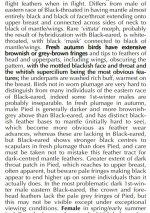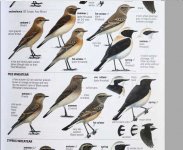Earnest lad
Well-known member
I took some photos (poor quality sorry) of a bird I saw and assumed the bird to be a Pied Wheatear (1st Autumn). This would be a lifer for me. However I subsquently learned that Eastern Black-eared Wheatear 1st Autumn is extremely similar. For this reason there is a bit of doubt in my mind. Please can anyone advise me in this regard if possible; not just to say what species the bird is but to suggest which features are involved.
Attachments
-
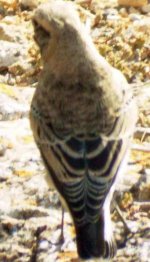 aa.jpg172.3 KB · Views: 39
aa.jpg172.3 KB · Views: 39 -
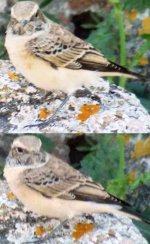 ab.jpg67.3 KB · Views: 39
ab.jpg67.3 KB · Views: 39 -
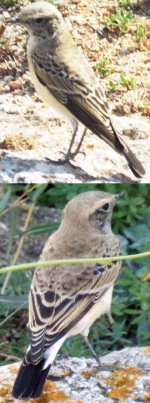 ac.jpg105.2 KB · Views: 44
ac.jpg105.2 KB · Views: 44 -
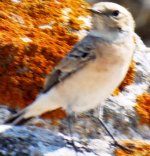 ad.jpg225.5 KB · Views: 37
ad.jpg225.5 KB · Views: 37 -
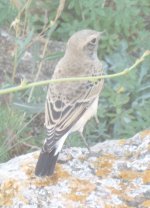 File 149.JPG1 MB · Views: 38
File 149.JPG1 MB · Views: 38 -
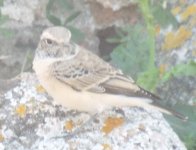 File 152.JPG434.8 KB · Views: 35
File 152.JPG434.8 KB · Views: 35 -
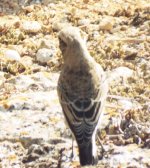 File 156.JPG2 MB · Views: 40
File 156.JPG2 MB · Views: 40 -
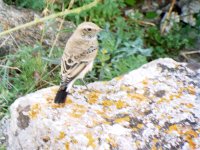 File 150.JPG1.3 MB · Views: 38
File 150.JPG1.3 MB · Views: 38 -
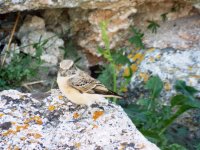 File 153.JPG1.3 MB · Views: 37
File 153.JPG1.3 MB · Views: 37 -
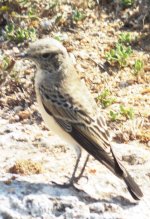 File 154.JPG640.9 KB · Views: 31
File 154.JPG640.9 KB · Views: 31 -
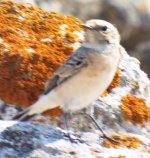 File 155.JPG439.9 KB · Views: 38
File 155.JPG439.9 KB · Views: 38







